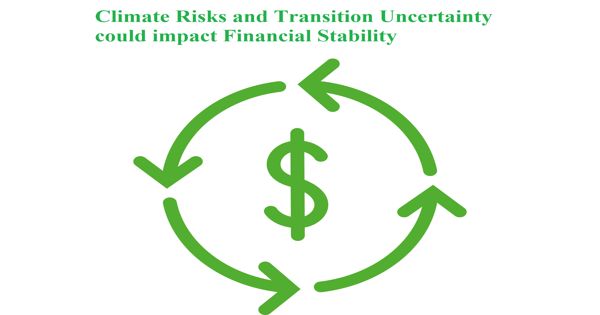Dunning Letter is a notice sent to a customer requesting payment of their past due obligations. It refers to the letter that is written by a creditor to a debtor for the settlement of an overdue account. It is a notification sent to a customer, stating that it is overdue in paying an account receivable to the sender. It is not the same as a month-end statement. A statement is sent to all customers having unpaid invoices at the end of the month. The letter should be written very” tactfully so that the debts can be collected and at the same time the existing good relations between the creditor and the debtor must be maintained.
Dunning letters are frequently generated by a computer, with no human input at all. It is also known as a collection letter or past due notice, is written to inform customers that they have an overdue invoice and how to correct the issue. It can be more efficient to farm out the task of creating and issuing dunning letters to a third party. The statement is not considered to be harassment, but rather a simple statement of account as of a point in time.
A well-written dunning letter can be an extremely effective tool for any business that invoices customers for products/services. Writing a dunning letter, also known as debt chasing or debt collection letter or simply as a reminder letter, still helps you to chase the payment of overdue invoices.
Sample Dunning Email/Letter Templates
Date: DD/MM/YY
Name/Institute name…
Jon designation…
Address…
Sub: Payment unaccounted for.
Dear Sir,
A balance of (Money Amount) is accredited to you in our account. The due date for payment is done as of (Time period) prior to the date (Date: DD/MM/YY). We appreciate your loyalty to our business. (Describe in your words). However, the date may have escaped your notice, and we are reminding you to settle these payments.
If you may find yourself preoccupied with other matters, please reply immediately with an explanation or payment details. (Describe all about the situation).
Yours truly,
Your name…
Treasurer…
Organization name…
















